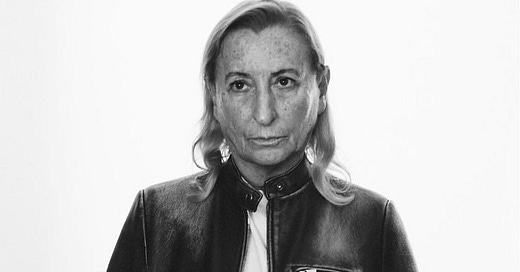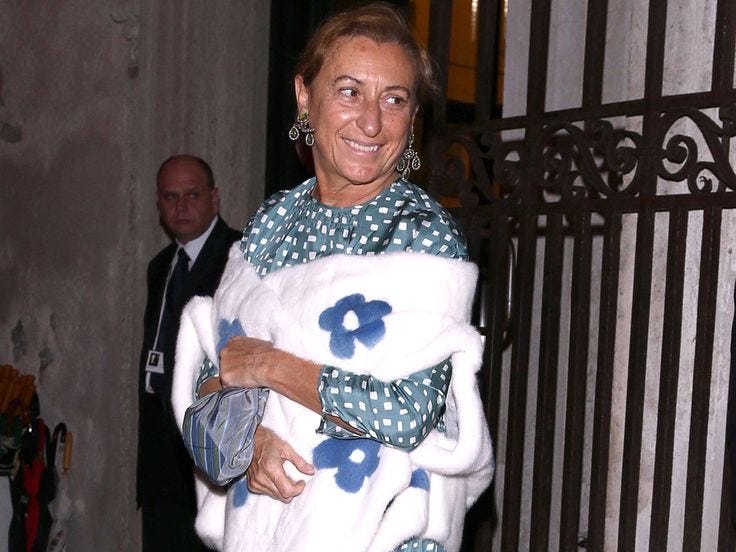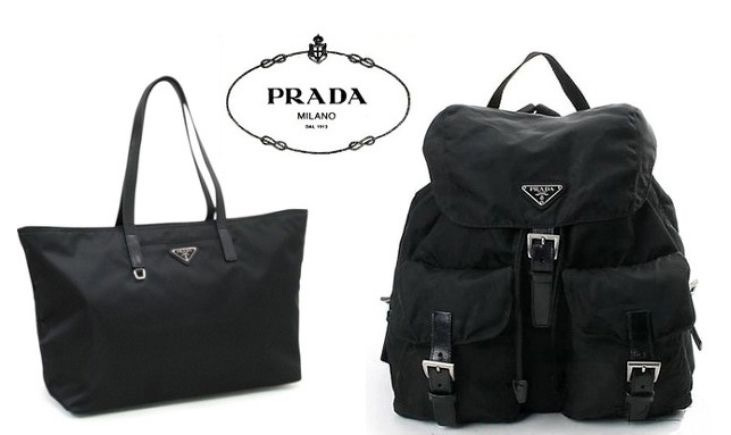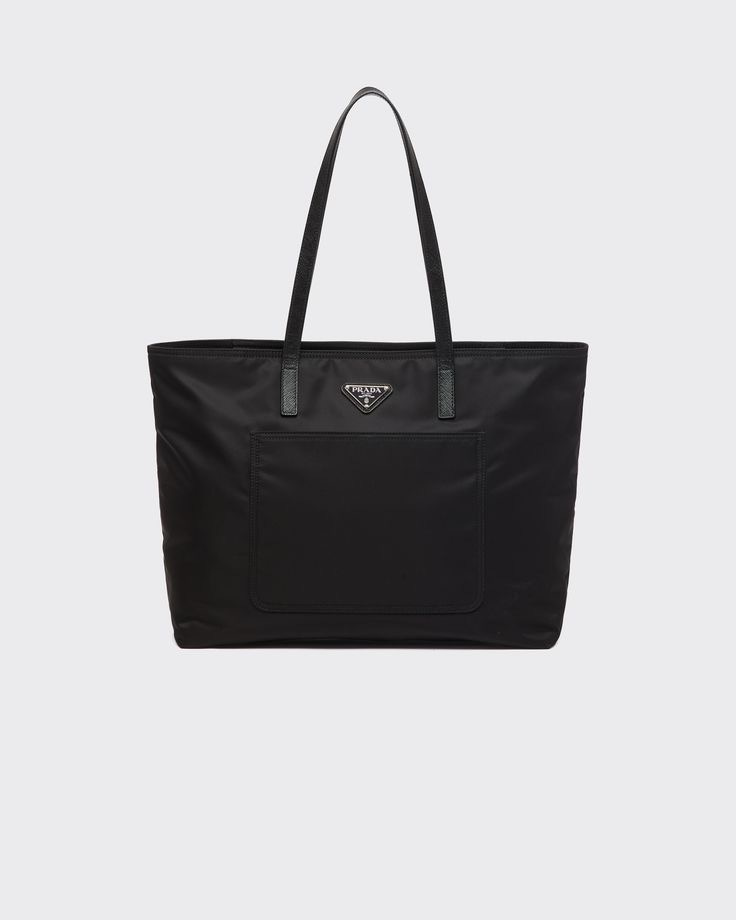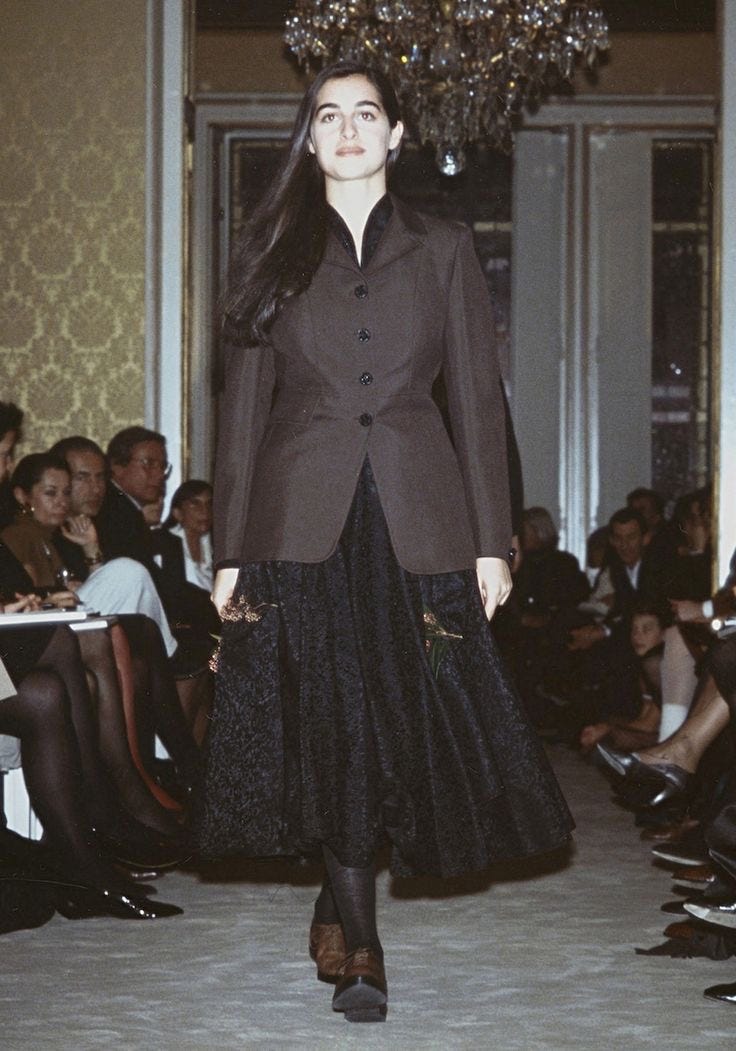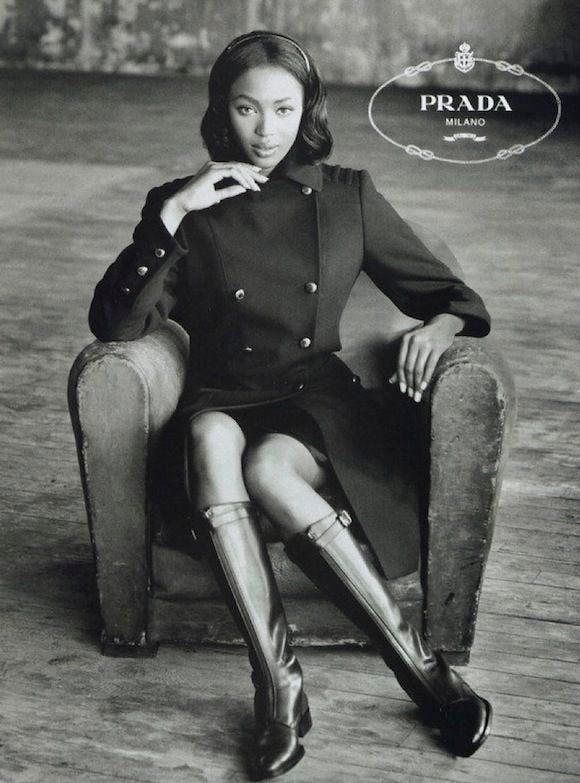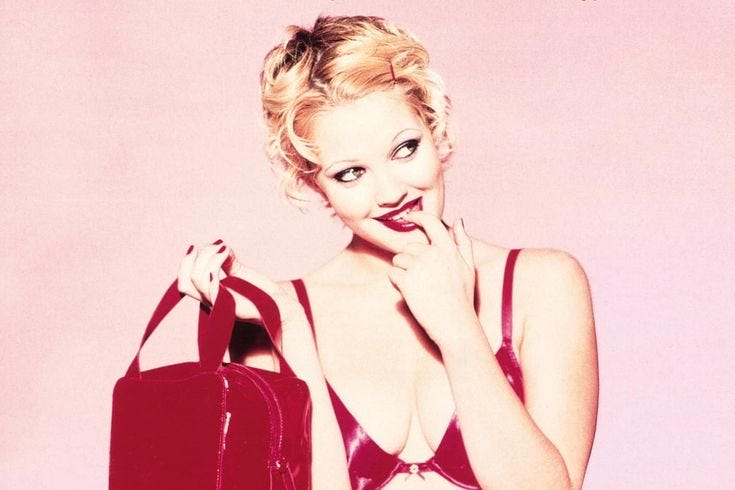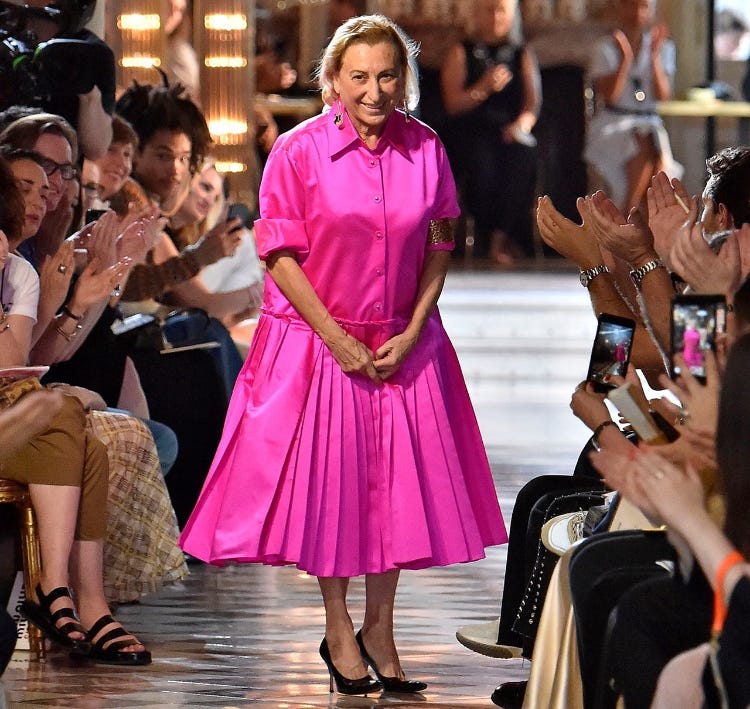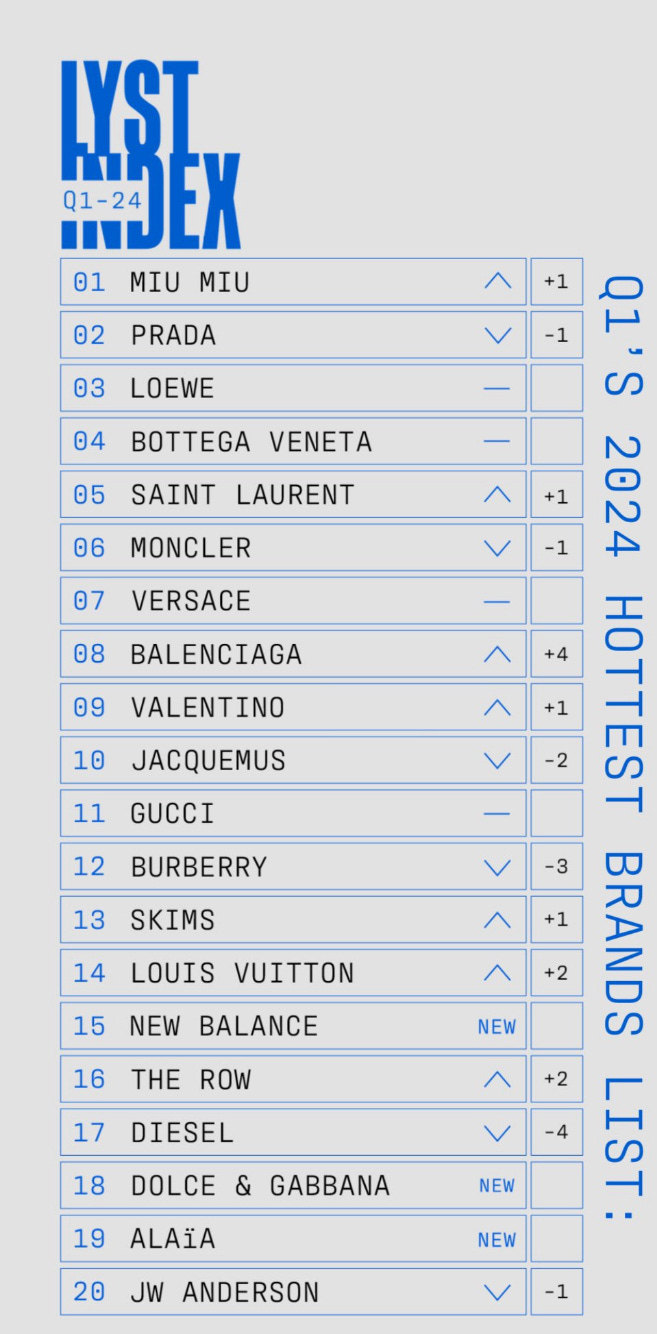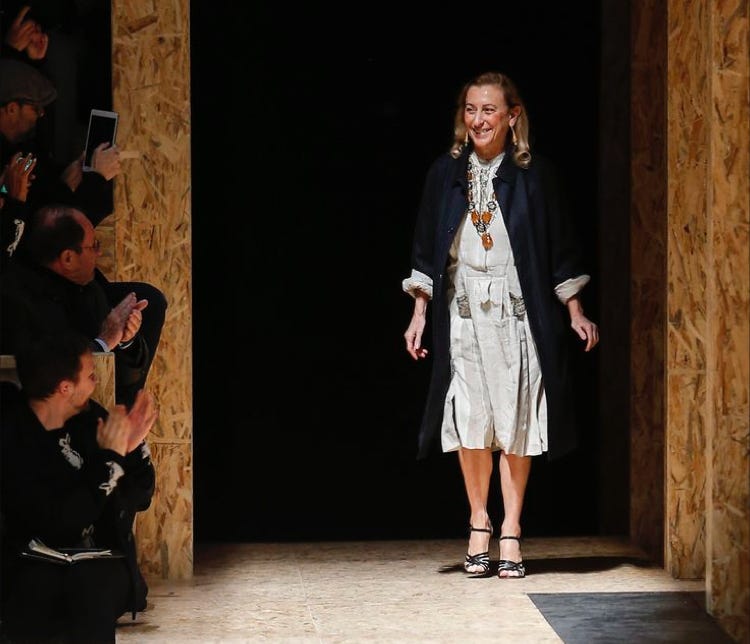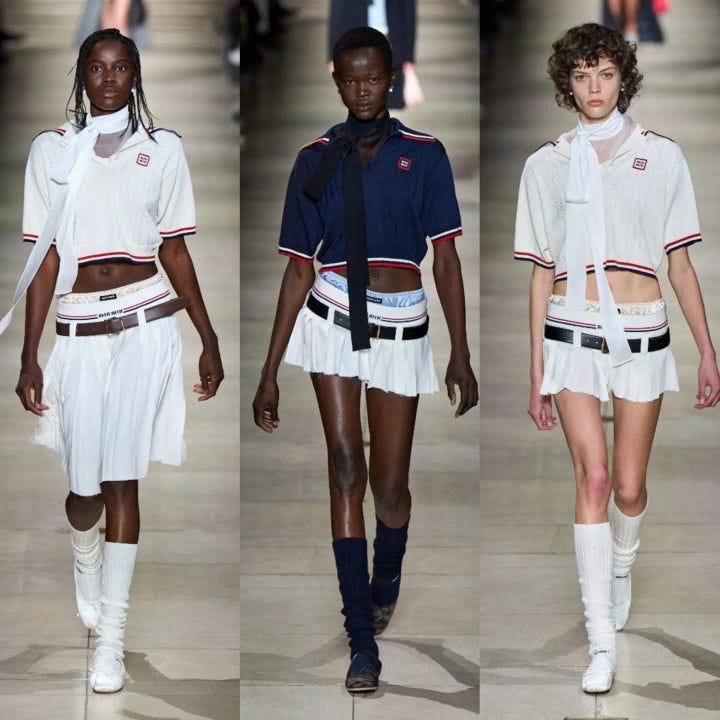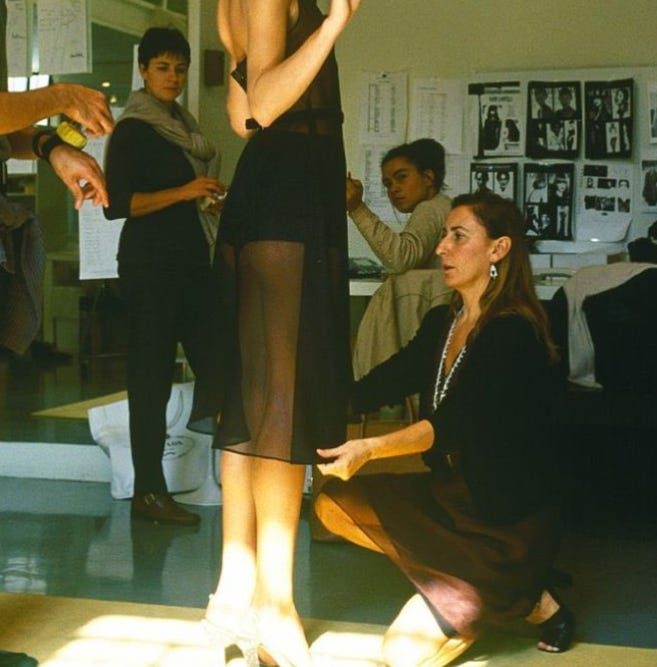Never in the history of fashion has there been a more influential woman than Miuccia Prada. Even those who aren't interested in fashion have already heard of her and her global empire — be it through movies such as The Devil Wears Prada and 10 Things I Hate About You or via celebrities. Sure, we’ve seen Hunter Schafer in Prada here, Emma Watson there. But Mrs. Prada's influence transcends the Prada name. As the founder of Miu Miu, the designer is responsible for not one, but two fashion legends. And how did that come to be?
Being the youngest granddaughter of Mario Prada, who founded the now legendary Milan-based fashion house in 1913, Miuccia has been immersed in the world of fashion pretty much all of her life. Her education, however, was not influenced by the family business. Having obtained a doctorate in political science from the University of Milan, she then studied mimicry at the Piccolo Teatro di Milano with the aim of pursuing an acting career, which was interrupted by her commitment to the family company.
As a skilled, intellectual and literate woman, her studies play an integral role in her creative direction, which began in 1975. Within two years, she met Patrizio Bertelli, who became her business partner and then husband. Innovation started at the very beginning of Prada’s career, through a rupture with what society and her own family expected of her in the company.
Back in 1979, Prada launched its first line of nylon bags and backpacks. The fabric chosen, Pocone, was quite controversial, either for being considered a technical challenge or for its connection with the industry. However, Mrs. Prada appreciated the challenge, the finding of beauty in the functional, and the simple art of innovation. Despite all her aspirations and motivations, Pocone bags were not an immediate success.
However, the designer didn't give up on the fabric, and in 1985 she created one of the most famous items in fashion: the black nylon Pocone tote bag. By creating a sensation in the fashion scene, Miuccia Prada has not only elevated the status of the nylon fabric from industrial to luxury, but she has also placed her family's business on the fashion map.
From a good family, yes, but with even greater talent, Mrs. Prada changed the brand forever, departing from the only leather goods memo and introducing Prada's first ready-to-wear runway collection in 1988, Fall/Winter 1988.
Although her minimalist and clean approach was initially met with a divided reaction for its opposition to the loud '80s fashion, by the '90s the tide had turned and Prada's sleek style had finally taken center stage. A signature of the 1990s, Prada's minimalism was combined with Miuccia's favorite aspect, the utilitarianism, which originated the famous "ugly chic'' that defines the brand to this day.
Despite the fact that Prada represents neutrality and simplicity, Miuccia never avoids experimenting. And when told she was experimenting too much, she still wouldn't put her head down. It was in this context that Miu Miu was born in 1993. Allowing Prada to be the more serious side of the designer, while Miu Miu, named after her childhood nickname, to be the most carefree and unconventional, Miuccia controls contrasting directions that seem to work perfectly together.
In the same year she created Miu Miu, Mrs. Prada launched the Prada Foundation to support and promote contemporary artists. Since then, Fondazione Prada became a global empire. In 2022, for instance, the company's annual sales were $4.5 billion.
And Prada and Miu Miu are at the forefront of the fashion industry. Dictating trends, influencing fashion weeks, both labels are usually on every fashionista's mind. But her success is not only built on the opinions of fashion lovers and industry experts.
Recently, the Lyst Index, a quarterly ranking of the hottest brands and products in the fashion industry, released its overview for the first quarter of 2024. While Miu Miu is at the first position of the list, Prada is at the second one. By securing the first two positions, Miuccia Prada proves herself to be a true business expert who knows exactly how to make a label — and in this case, two brands — triumph.
But why is she the object of so much success and esteem? Naturally, her keen intellect, her honest charisma, and her innate talent make all this admiration almost effortless. But there are other factors that seem relevant to describe her legendary fashion journey.
With a rich repertoire that extends to all her designs, fashionistas see garments and collections with the most varied inspirations behind them.
At both Prada and Miu Miu, one sees a unique and singular vision, not often seen in a world that's so commercialized and so fast-paced. At its core, Miuccia Prada sets the tone, leading other brands and designers to collect some — or all — of her crumbs, which results in uncontrolled trends.
Besides setting trends, Mrs. Prada designs for women. In a male-dominated industry, it seems relevant to note that Miuccia Prada is one of the few female designers on the scene. Although to some people a garment made by a man is no different from one made by a woman, in essence, there are distinctions.
This is a recurring discussion — the absence of female creators in an industry that is mostly geared toward them. And despite what anyone may think, this disparity is not changing.
But even in a scenario full of conflicts and problems, Miuccia Prada does not fail to challenge norms, experiment with clothes,cement trends, and inspire emerging female designers and every woman who loves fashion. And that's why the world is hers and hers alone.


